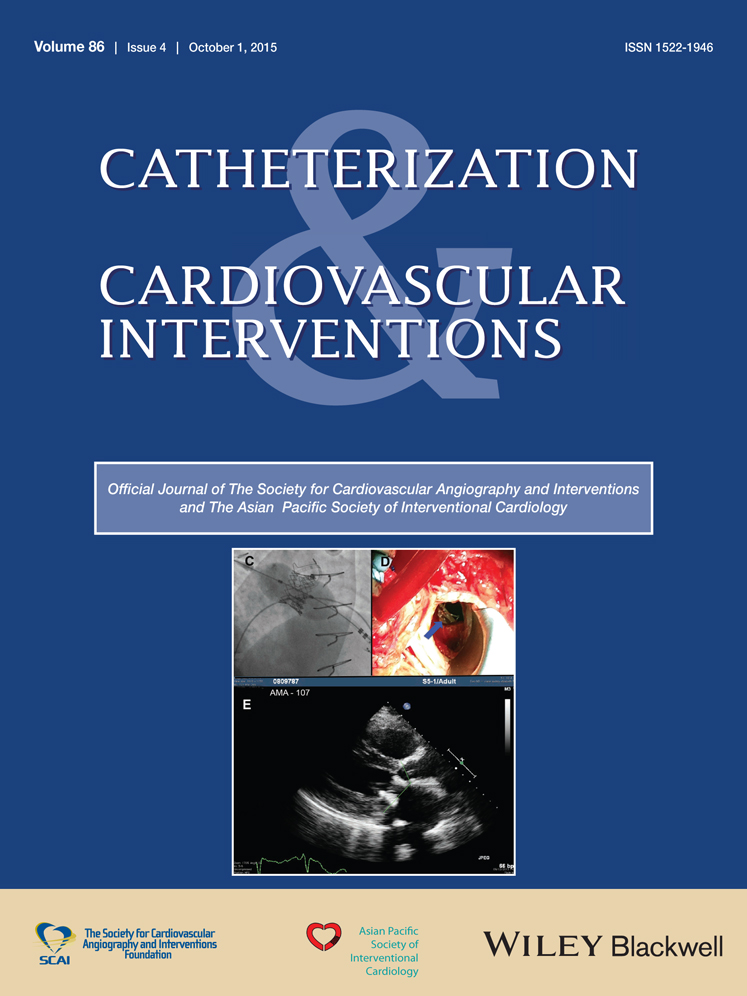Privileging and credentialing for interventional cardiology procedures
Conflict of interest: Nothing to report
Abstract
Local institutional-specific credentialing and privileging for procedures is an important process for ensuring the quality of care provided by interventional cardiologists. Recently revised standards for coronary intervention and the blossoming of structural heart disease programs have generated controversy over these processes. How standards are set for credentialing and privileging is poorly understood by most interventional cardiologists, including those responsible for credentialing and privileging. Requirements from The Joint Commission dictate how credentialing and privileging is performed at hospitals they accredit. Physicians must be recredentialed every 2 years at each hospital, with privileges renewed at that time. Hospitals must review quality of physicians even more frequently using Ongoing Professional Practice Evaluations. Hospitals must also evaluate the performance of physicians when they join a hospital staff or when they begin performing new procedures using Focused Professional Practice Evaluations. Cardiology department directors and catheterization laboratory directors are responsible for recredentialing and reprivileging members of their departments. Individual physicians are responsible for cooperating with these processes, and for periodic recertification with specialty boards and governmental agencies. We provide specific guidance to help physicians navigate these processes. © 2015 Wiley Periodicals, Inc.




